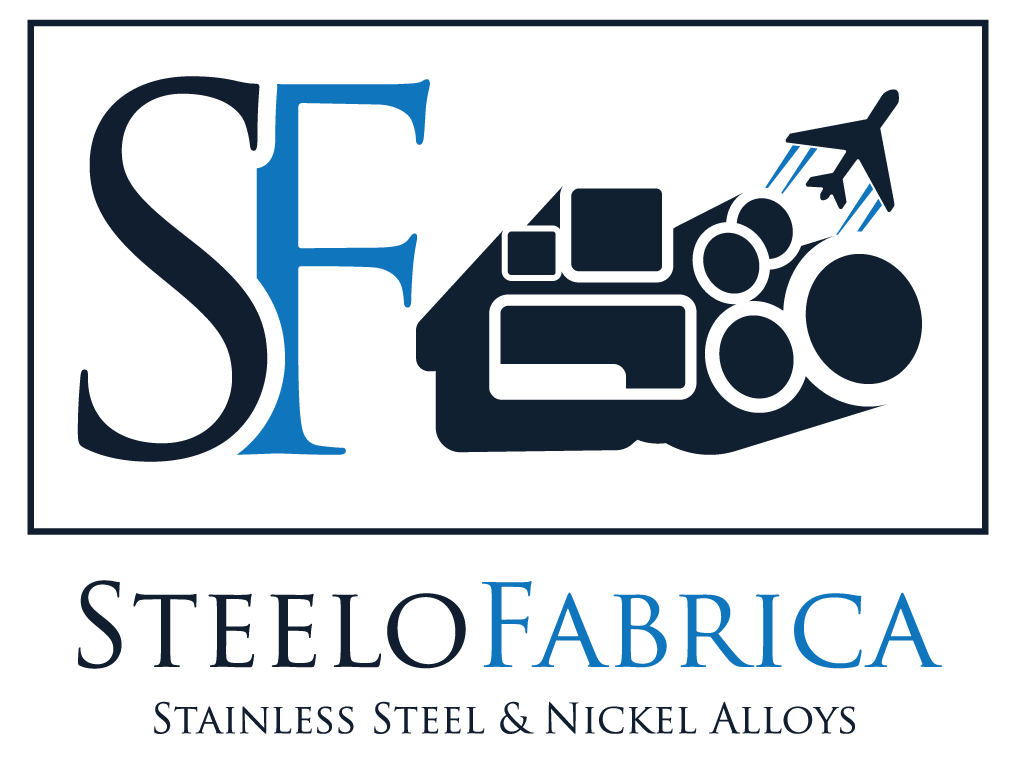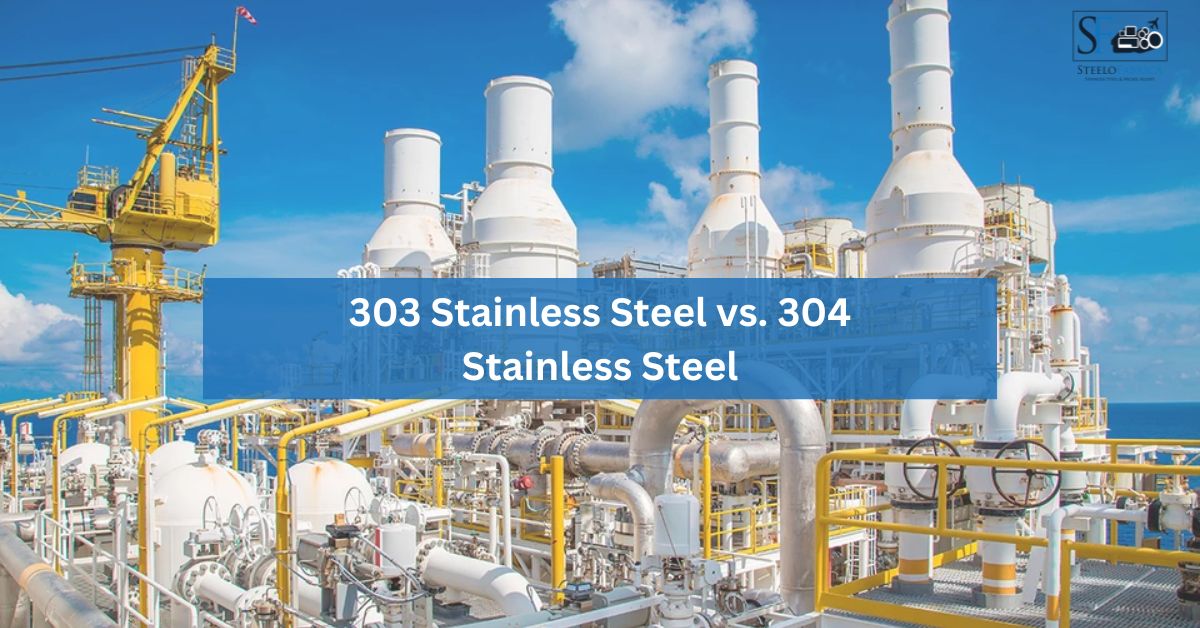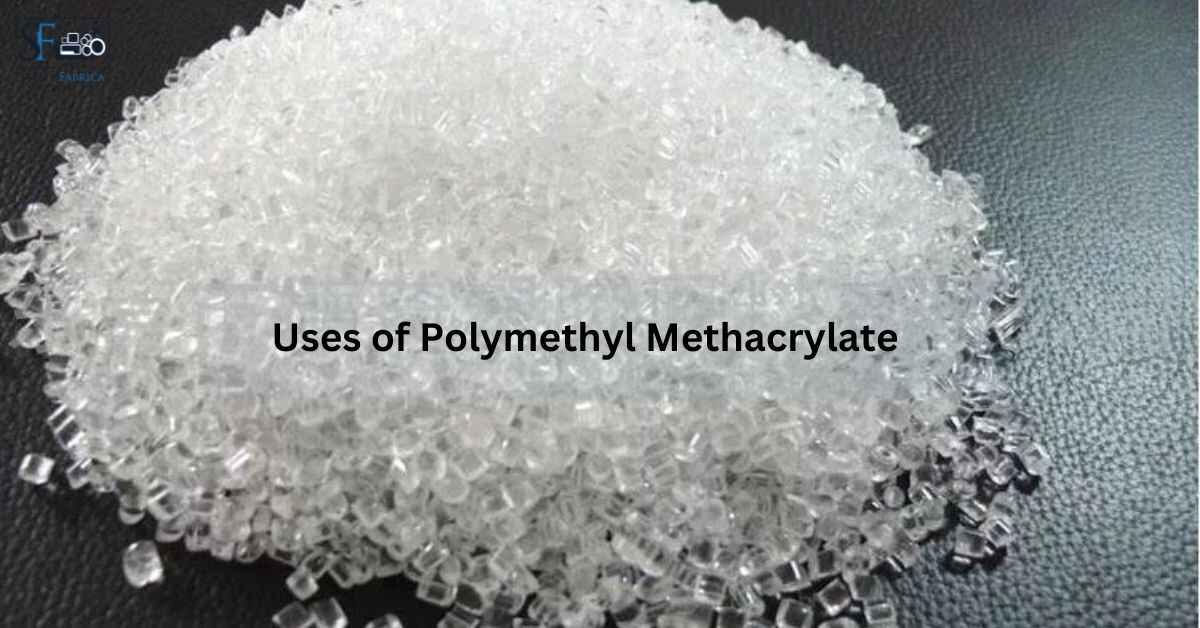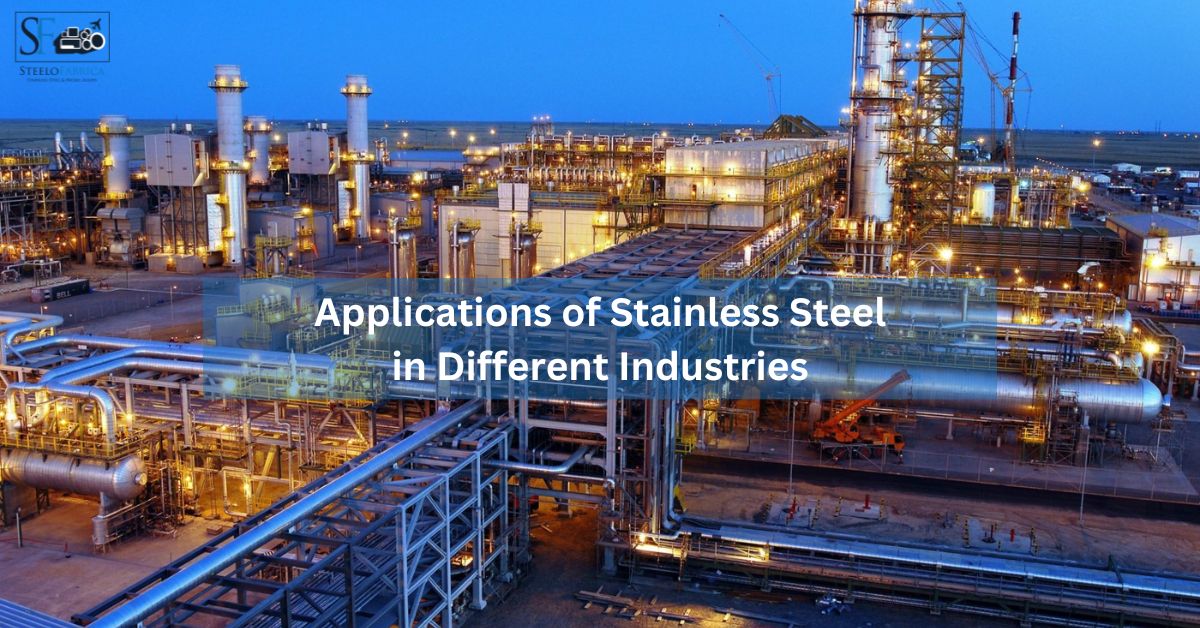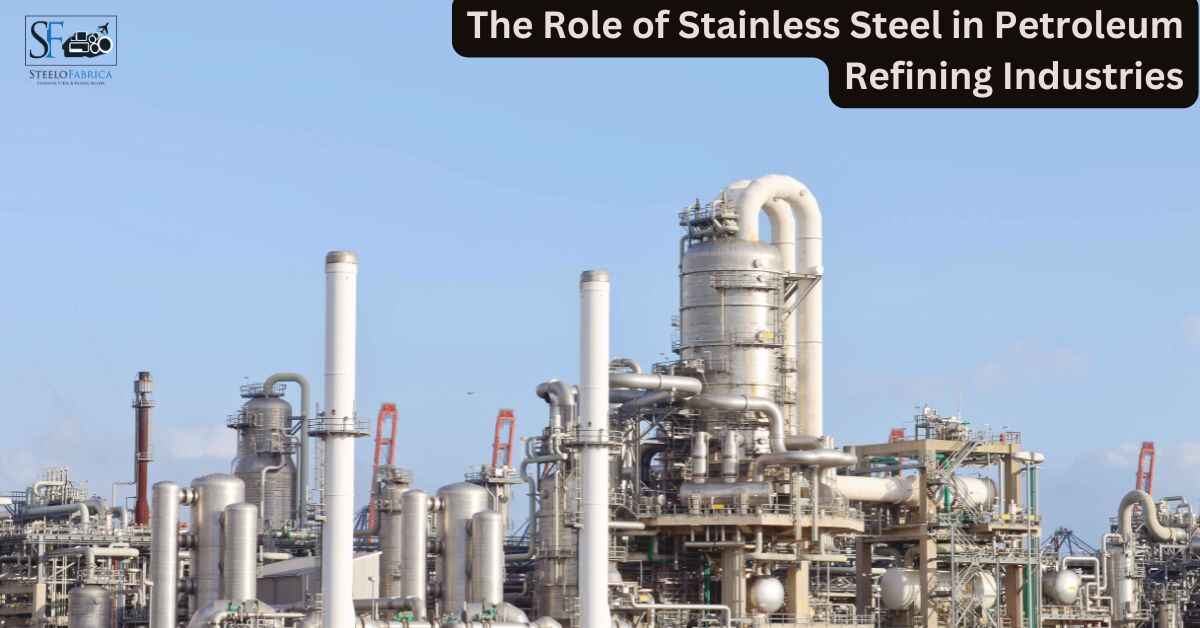Stainless steel bars are used in various industries, including construction, automotive, and aerospace. They are preferred for their sturdy and corrosion-resistant properties, making them ideal for heavy-duty applications. 347 stainless steel, in particular, is a popular choice for bars thanks to its excellent combination of strength and corrosion resistance. However, like any other material, it needs proper installation and maintenance to optimize its performance and longevity. This blog post will discuss the best practices and safety tips for installing and maintaining 347 stainless steel bar.
What is a 347 stainless steel bar?
347 stainless steel bar is an austenitic chromium-nickel stainless steel that contains columbium and tantalum as stabilizing elements. This austenitic grade of stainless has excellent corrosion resistance properties, weldability, and formability. It exhibits excellent stress rupture strength, good creep strength, and outstanding notch toughness, even in very cold temperatures. With its high chromium content (minimum 11%), this grade of steel offers increased oxidation resistance compared to other grades.
Proper Installation Techniques
Proper installation is crucial for ensuring the optimal performance and longevity of your 347 stainless steel bar. First and foremost, always follow the manufacturer’s guidance regarding installation methods, including cleaning, handling, and storage procedures. When cutting the bars, use the right tools to avoid damaging or affecting their integrity. Ensure the installation area is clean and free from debris or other contaminants that may affect the material’s performance. Securely bolt or attach the bars following the recommended torque specifications and use the appropriate welding techniques for joining bars.
Regular Cleaning and Maintenance
To ensure the long-term performance of your stainless steel 347 bars, you need to clean and maintain them regularly. Regular cleaning removes contaminants that may corrode the material and free it from dirt and grime. Use a non-abrasive cleaner and a soft cloth or sponge to avoid scratching or damaging the surface. Avoid using chlorine-based cleaners or abrasive materials, which can damage the material and exacerbate corrosion. Inspect the bars periodically for any signs of damage, such as cracks or corrosion.
Safety Guidelines
When handling 347 stainless steel bars, it is essential to observe proper safety guidelines. Ensure that all personnel involved in the installation and maintenance have the right training and protective gear. Use necessary PPE, such as gloves and safety glasses, to prevent cuts and potential eye damage. Use mechanical assistance or lifting equipment to avoid injury or strain when handling heavy bars. The installation site should be free from hazards such as electrical wires, sharp objects or slippery surfaces.
Environmental Considerations
The environment surrounding the bars affects their performance and longevity. If your bar is exposed to salty air, it is at risk of corroding faster than in a clean and dry environment. Barricade the construction site or areas where stainless steel bars are installed and ensure they are adequately protected from seawater and other corrosive substances. In some cases, you may need to coat the bar with an appropriate layer of paint or other protective coating to provide additional protection.
Consult with Experts
In case of any doubts or concerns with your 347 stainless steel bars, consult with experts in the field. Experienced stainless steel technicians can help with everything – from installation to maintenance, repair, or replacement. They can also advise you on the best practices specific to your application and provide customized solutions that meet your needs.
Conclusion:
Proper installation and maintenance of 347 stainless steel bars are crucial for optimizing their performance and longevity. By following the best practices and safety tips outlined in this blog post, you can ensure that your bars are installed correctly and well maintained, minimizing the risk of damage or corrosion. With regular cleaning, proper bolting and welding, observing safety guidelines, and environmental considerations, and consulting with experts, you can optimize the performance and longevity of your 347 stainless steel bars.
